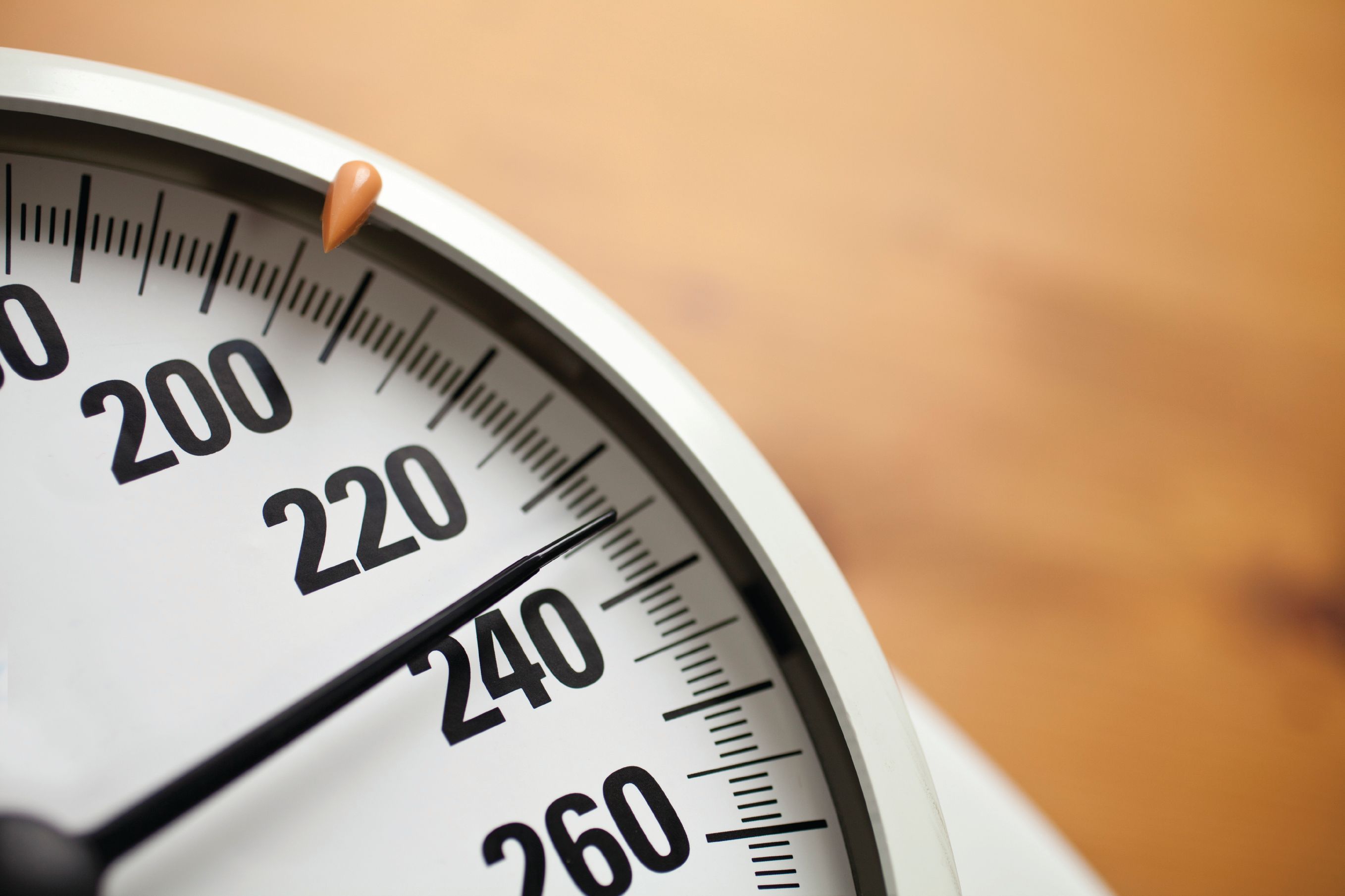Article
Aerobic Exercise May Improve Nonalcoholic Fatty Liver Disease
Increase in key hormone adiponectin linked to fat-burning, better insulin sensitivity.
Walking on a treadmill for one hour a day may slow the progression of nonalcoholic fatty liver disease in obese people with prediabetes by jump-starting their metabolism and slowing the oxidative damage wrought by the condition, say researchers at the Cleveland Clinic. A study of 15 obese people with nonalcoholic fatty liver disease revealed that the daily walks not only increase insulin sensitivity, but improve the liver's polyunsaturated lipid index (PUI), which is thought to be a marker of liver health.
The improvements are linked to an increase in the hormone adiponectin, said Jacob M. Haus, PhD, research fellow in the Department of Pathobiology at the Cleveland Clinic's Lerner Research Institute. Adiponectin influences the body's response to insulin and is associated with a reduced risk of heart attack because of its anti-inflammatory properties. But obese people often have low levels of adiponectin. Haus will discuss the team's findings at the Experimental Biology 2011 meeting (EB 2011), being held April 9-13, 2011 at the Walter E. Washington Convention Center in Washington, DC.
The Study
Participants in the study walked on a treadmill at 85% of their maximum heart rate for 1 hour per day for 7 consecutive days. Researchers measured the participants' body composition, respiration, insulin sensitivity, and PUIs before and after the 7-day program. The researchers also tested the participants' plasma glucose, insulin and adiponectin, and they gave the participants oral glucose tolerance tests (OGTTs), which measure how quickly glucose is cleared from the blood. During the OGTTs, the researchers isolated mononuclear cells (blood cells that have a round nucleus) from the participants' blood to study whether these cells were producing molecules called reactive oxygen species (ROS). High levels of ROS can result in oxidative damage to tissue.
"When people have prediabetes, their blood glucose will be high after an OGTT. We know that hyperglycemia causes oxidative stress, so we wanted to look at [the participants'] monocytes before and after the OGTT," says Dr. Haus. He notes that before the participants began the walking program, their ROS spiked after their OGTTs.
Cutting Metabolic Risks
At study's end, the participants' PUIs had increased an average of 84%. They also experienced increased insulin sensitivity, increased adiponectin and a decrease in the production of ROS, even after their OGTTs.
"We were able to correlate changes in adiponectin with PUI and the body's resting energy metabolism," says Dr. Haus. "The latter gives us an indication of whether carbohydrate or fat is being metabolized. After exercise, the participants were burning more fat."
Burning more fat is a positive reaction to exercise, one that can defend against oxidative damage and therefore the damage of fatty liver disease.
"Exercise appears to affect the cumulative metabolic risk factors for the progression of nonalcoholic fatty liver disease," says Dr. Haus. "We like to think of exercise as medicine."
Source: Federation of American Societies for Experimental Biology via EurkAlert

FDA Approves Crinecerfont for Congenital Adrenal Hyperplasia



